When you consider that gneiss rocks make up about 10% of the Earth’s continental crust, it’s evident that these unique formations play a significant role in our planet’s geology.
With their intricate banding patterns and diverse mineral compositions, gneiss rocks offer a fascinating glimpse into the forces that have shaped our world over millions of years.
But beyond their surface allure, gneiss rocks hold many secrets waiting to be uncovered – from their identification techniques to the geological significance they carry.
Let’s explore what makes gneiss rocks such a compelling subject of study.
Formation of Gneiss Rocks
Gneiss rocks form through intense heat and pressure deep within the Earth’s crust, transforming existing rocks into their distinct banded structure. This process, known as gneiss formation, occurs through geological processes that subject rocks to extreme conditions, causing them to recrystallize and reorganize into the characteristic layers seen in gneiss.
The mineral composition of gneiss is a key factor in its identification. By examining the minerals present in the rock, geologists can determine the conditions under which the gneiss formed. Common minerals found in gneiss include quartz, feldspar, and mica, which contribute to its unique appearance and properties.
Identification techniques for gneiss involve observing its banded structure, mineral composition, and texture. By studying these features, geologists can differentiate gneiss from other types of rocks and gain insights into the geological history of the region where the gneiss is found. Understanding the formation and characteristics of gneiss rocks is essential for interpreting the Earth’s complex geological processes.
Mineral Composition
Examining the mineral composition of gneiss rocks provides valuable insights into the conditions under which they formed. To identify the mineral composition of gneiss rocks, various techniques are employed, including:
- Thin Section Analysis: By examining thin slices of gneiss rocks under a polarizing microscope, geologists can identify the minerals present based on their optical properties.
- X-Ray Diffraction: This technique helps determine the crystalline structure of minerals in the gneiss rocks, aiding in their identification.
- Chemical Analysis: By conducting chemical tests, such as X-ray fluorescence, the elemental composition of the minerals in gneiss rocks can be determined.
- Mineral Separation: Through processes like magnetic separation or density separation, individual minerals in gneiss rocks can be isolated for closer examination.
- Microscopy: Scanning electron microscopy allows for detailed imaging of the minerals’ morphology and composition in gneiss rocks.
Understanding the mineral composition of gneiss rocks not only aids in their identification but also provides insights into the formation process, as well as how they’ve been affected by weathering and erosion over time.
Distinctive Banding Patterns
When observing gneiss rocks, you’ll notice distinct banding patterns that vary in color and composition. These bands can be classified into different types based on their mineral content and arrangement.
Understanding the formation process of these bands provides valuable insights into the geological history of gneiss formations.
Banding in Gneiss
Often seen in gneiss rocks, the distinctive banding patterns provide valuable insights into the geological history and formation processes of these metamorphic rocks. These banding patterns are a result of the intense pressure and heat that gneiss undergoes during metamorphism.
Here are five key points to help you understand banding in gneiss:
- Variety: Banding patterns in gneiss can vary from subtle to highly pronounced, depending on the intensity of the metamorphic processes.
- Composition: The banding is often a result of alternating layers of different mineral compositions, reflecting the diverse mineralogy of gneiss.
- Origins: These patterns can reveal the original rock formations that underwent metamorphism to become gneiss.
- Direction: The orientation and direction of the bands provide clues about the tectonic forces that acted upon the rock.
- Age: By studying the banding patterns, geologists can determine the relative age of the metamorphic events that shaped the gneiss.
Types of Banding
In gneiss rocks, the distinctive banding patterns showcase a fascinating array of variations and characteristics that offer valuable insights into their formation processes. These banding patterns are crucial indicators of the metamorphic processes that the rock has undergone. By examining the mineral composition and utilizing specific identification techniques, geologists can unravel the history of gneiss formations. Understanding the different types of banding helps experts interpret the environmental conditions and pressures that influenced the rock’s development. Here is a table highlighting some common banding patterns found in gneiss rocks:
| Banding Pattern | Description | Significance |
|---|---|---|
| Crenulation Banding | Wavy layers resembling folds | Indicates deformation processes |
| Augen Gneiss | Large, eye-shaped mineral clusters | Suggests partial melting events |
| Schistosity | Parallel alignment of minerals in thin layers | Reflects directional pressure |
Formation Process
To understand the formation process of gneiss rocks’ distinctive banding patterns, examine the intricate interplay of mineral alignment and deformation indicators. Gneiss banding forms through a combination of processes and conditions, such as:
- Metamorphic Transformation: Rock classification changes due to intense heat and pressure.
- Mineral Recrystallization: Minerals realign to create distinct bands.
- Foliation Development: Layering forms as minerals flatten and elongate.
- Shear Zone Activity: Movement along faults influences band orientation.
- Chemical Differentiation: Varied mineral compositions lead to diverse band colors and textures.
Types of Gneiss Rocks
Several distinct types of gneiss rocks can be identified based on their mineral composition and texture. Gneiss classification is primarily determined by the minerals present in the rock and the conditions under which it formed. Here are some common types of gneiss rocks:
| Type of Gneiss | Properties |
|---|---|
| Granitic Gneiss | Rich in quartz, feldspar, and biotite minerals |
| Migmatic Gneiss | Exhibits both gneissic and igneous textures |
| Banded Gneiss | Shows alternating light and dark mineral bands |
Gneiss rock formations can vary widely depending on the geological processes that took place during their creation. The origins of gneiss rocks can be traced back to the metamorphism of existing rocks under intense heat and pressure. This process causes the minerals in the rock to reorganize into distinct layers, giving gneiss its characteristic banded appearance. Understanding the types and origins of gneiss rocks can provide valuable insights into the Earth’s geological history.
Identification Techniques
The identification of gneiss rocks relies heavily on analyzing their mineral composition and texture, which can be achieved through various techniques. To accurately identify gneiss formations, you can employ the following methods:
- Thin Section Analysis: By examining thin slices of the rock under a microscope, you can observe the mineral composition and structural details that aren’t visible to the naked eye.
- X-Ray Diffraction: This technique helps determine the crystalline structure of minerals present in the gneiss, aiding in identifying specific mineral components.
- Petrographic Microscopy: By studying the texture and mineralogy of the rock using polarized light, you can distinguish between different minerals and their arrangement within the gneiss.
- Chemical Analysis: Conducting tests to determine the chemical composition of the rock can provide valuable insights into the types and proportions of minerals present.
- Field Observations: Examining the geological characteristics and rock formations in their natural settings can offer clues about the origin and history of the gneiss.
Geographic Distribution
Where can one find gneiss rocks distributed around the world?
Gneiss distribution is widespread, occurring on every continent. This rock formation is commonly found in mountainous regions due to its formation under high pressures and temperatures. Global gneiss occurrence is prevalent in areas such as the Scottish Highlands, the Alps, the Himalayas, and parts of North America. These landscape features showcase the intricate layers and banding that are characteristic of gneiss rocks.
In the United States, gneiss formations can be seen in places like Yosemite National Park in California and the Adirondack Mountains in New York. In Europe, gneiss is abundant in regions like Norway and Sweden. Australia also boasts gneiss occurrences in areas like the Australian Alps.
Metamorphic Process
Gneiss rocks, widely distributed around the world, undergo a metamorphic process that transforms them under intense pressure and heat into their distinct banded structure. This metamorphic process involves the following key aspects:
- Recrystallization: The minerals in the original rock reorganize and form new crystals as a response to the heat and pressure.
- Foliation Development: The intense pressure causes minerals to align in layers, creating the banded appearance characteristic of gneiss.
- Mineral Changes: Existing minerals may recrystallize into new forms, altering the composition of the rock.
- Band Formation: The alternating light and dark bands in gneiss result from the segregation of different minerals during metamorphism.
- Strain and Deformation: The rock experiences deformation due to tectonic forces, leading to the development of the banded structure typical of gneiss.
Understanding these metamorphic processes provides insights into the rock formation and unique characteristics of gneiss.
Economic Uses
Gneiss rocks have significant economic uses in various industries. They’re valued for their commercial applications and industrial significance.
Understanding the economic contributions of gneiss rocks can shed light on their importance to different sectors.
Commercial Applications
With their durability and unique appearance, gneiss rocks have found various economic uses in construction and landscaping industries. The commercial applications and market trends surrounding gneiss rocks are witnessing a surge due to their versatility. Here are some economic benefits and industry impacts:
- Gneiss rocks are used as decorative elements in landscaping projects, enhancing the aesthetic appeal.
- They serve as durable building materials for constructing monuments, facades, and countertops.
- Gneiss rocks are crushed into aggregates for road construction and railroad ballasts.
- The market for gneiss rocks in architectural cladding is growing steadily.
- Their resilience and resistance to weathering make them ideal for outdoor applications, ensuring long-term cost savings.
Industrial Significance
The economic significance of gneiss rocks extends beyond their commercial applications, playing a crucial role in various industries for their durability and unique properties.
Gneiss is highly valued for its economic benefits in industrial applications. It’s extensively used in resource extraction processes, providing a sturdy material for mining operations. The durability and strength of gneiss make it a preferred choice for manufacturing processes in industries like construction, road building, and landscaping.
Its resistance to weathering and erosion ensures longevity in structures and products, reducing maintenance costs over time. The industrial significance of gneiss rocks lies in their ability to enhance the efficiency and quality of various manufacturing operations, making them a valuable resource in the industrial sector.
Comparison to Other Rocks
Identifying gneiss rocks among other types can be easier when considering their distinct mineral composition and foliation patterns. When comparing gneiss to other rocks, here are some key differences to look out for:
- Mineral Composition: Gneiss typically contains minerals like quartz, feldspar, and mica, setting it apart from other rocks with different mineral combinations.
- Foliation Patterns: The prominent layering or banding in gneiss distinguishes it from rocks lacking this distinct feature.
- Rock Classification: Gneiss falls under the category of metamorphic rocks, differing from igneous and sedimentary rocks in terms of origin and formation processes.
- Rock Properties: Gneiss is known for its durability and resistance to weathering compared to some sedimentary rocks.
- Rock Formation: The intense heat and pressure involved in the formation of gneiss separate it from rocks formed through other geological processes.
Understanding these distinctions can help in correctly identifying gneiss rocks when examining various rock types.
Weathering and Erosion
Experiencing the effects of weathering and erosion on gneiss rocks can provide valuable insights into their resilience and durability. Chemical weathering, caused by reactions with water, oxygen, and acids, can alter the mineral composition of gneiss rocks over time. This process weakens the rock structure, making it more susceptible to physical erosion by wind, water, and ice.
Erosion patterns on gneiss rocks often reveal the underlying weathering mechanisms at play. As the rock is worn down, unique textures and formations may emerge, showcasing the interplay between chemical and physical processes. For instance, the striations and smooth surfaces seen on gneiss boulders are often a result of abrasive forces during transportation by glaciers or rivers.
Understanding how weathering and erosion shape gneiss rocks is crucial for assessing their long-term stability and integrity. By studying these processes, geologists can unravel the intricate history preserved within gneiss formations, shedding light on the geological forces that have acted upon them over millennia.
Geological Significance
As gneiss rocks undergo weathering and erosion processes, their geological significance becomes increasingly apparent through the intricate history revealed in their formations. These metamorphic rocks hold essential clues to Earth’s past and provide valuable insights into geological processes.
Here are some key points highlighting the geological significance of gneiss rocks:
- Geological formations: Gneiss rocks showcase the intense heat and pressure they’ve endured, offering a glimpse into the geological forces at play during their formation.
- Environmental impacts: Studying gneiss rocks helps understand how past environmental conditions influenced rock formation and how these processes impact the environment today.
- Rock layers: Gneiss rocks often exhibit distinct layering, known as foliation, which can indicate the direction of the pressure during their metamorphism.
- Geological history: By analyzing gneiss rocks, geologists can unravel the complex geological history of an area, including past tectonic events and mountain-building processes.
- Structural insights: The unique structures and mineral compositions of gneiss rocks provide valuable information about the conditions under which they were formed, aiding in reconstructing the Earth’s history.
Gneiss Vs. Schist
Comparing gneiss and schist reveals distinct differences in their mineral composition and foliation patterns. Gneiss, known for its banded appearance due to alternating layers of light and dark minerals, is characterized by high-grade metamorphism that results in a coarse texture. This rock typically forms under high temperature and pressure conditions deep within the Earth’s crust, leading to the reorientation of minerals into distinct bands.
On the other hand, schist differs from gneiss in its foliation, which is typically less pronounced and exhibits a medium-grade metamorphism. Schist is formed from the metamorphism of rocks like shale or slate, with minerals aligning into wavy patterns rather than the pronounced layering seen in gneiss. While gneiss showcases strong banding and mineral segregation, schist displays a more granular texture with minerals arranged in a preferred orientation.
Understanding these differences in characteristics and origins can help geologists interpret the geological history and processes that have shaped these rocks over time.
Famous Gneiss Rock Formations
You’re about to explore iconic gneiss landmarks and notable gneiss outcrops that have captivated geologists and nature enthusiasts alike.
Get ready to discover the impressive formations that showcase the beauty and complexity of gneiss rocks in various regions around the world.
Let’s embark on a journey to uncover these famous gneiss rock formations that have stood the test of time.
Iconic Gneiss Landmarks
Among the most famous Gneiss rock formations worldwide is the stunning Half Dome in Yosemite National Park. When you visit these iconic Gneiss landmarks, you’ll be in awe of:
- The majestic beauty of Norway’s Trolltunga, a protruding rock that offers breathtaking views.
- The historical significance of Scotland’s famous Ailsa Craig, known for its rare blue hone granite.
- The unique shape of South Africa’s Paarl Rock, a massive rounded outcrop attracting climbers.
- The spiritual ambiance of India’s Matanga Hill, a revered site with ancient temples and caves.
- The geological wonder of Australia’s Wave Rock, a natural rock formation resembling an ocean wave.
Experience these Gneiss formations and marvel at their natural beauty while considering the importance of landmark preservation and minimizing environmental impact.
Notable Gneiss Outcrops
What makes these notable Gneiss outcrops stand out among other famous rock formations worldwide?
These geological formations aren’t only stunning but also serve as popular tourist attractions for nature enthusiasts.
Gneiss outcrops offer unique rock climbing experiences, attracting adventure seekers looking to conquer challenging terrain.
Additionally, these sites provide exceptional photography opportunities, with their intricate patterns and textures creating visually captivating landscapes.
From the rugged cliffs to the intricate layering of minerals, Gneiss outcrops showcase the beauty and complexity of geological processes.
Whether you’re a thrill-seeker seeking an adrenaline rush or a photographer looking for the perfect shot, these notable Gneiss outcrops offer a one-of-a-kind experience that’s sure to leave a lasting impression.
Conservation and Preservation
To preserve the natural beauty and integrity of gneiss rocks, it’s essential to implement proper conservation techniques. These practices and techniques ensure that these geological wonders remain protected for future generations to appreciate. Here are some key ways to conserve and preserve gneiss rocks effectively:
- Regular monitoring of gneiss outcrops to detect any signs of erosion or degradation.
- Implementing measures to prevent human-induced damage, such as graffiti or vandalism.
- Educating the public on the importance of preserving gneiss rocks and the surrounding ecosystem.
- Establishing protected areas or reserves to safeguard significant gneiss formations.
- Collaborating with local communities and authorities to create sustainable management plans for gneiss-rich areas.
Frequently Asked Questions
How Do Gneiss Rocks Impact the Local Ecosystem and Wildlife?
Gneiss rocks, through their stable structure and erosion-resistance, play a crucial role in maintaining the ecological balance of local ecosystems. They aid in habitat preservation, promote biodiversity conservation, and protect wildlife by providing a foundation for diverse plant and animal communities.
Are There Any Superstitions or Folklore Associated With Gneiss Rocks?
In folklore beliefs, gneiss rocks hold cultural significance and are intertwined with legends. Superstitions often revolve around their mystical properties. Discover the enchanting tales and myths surrounding these ancient geological formations.
Can Gneiss Rocks Be Used in Artistic or Decorative Applications?
Yes, gneiss rocks can be utilized in various artistic and decorative ways. They are commonly used in sculpture applications and jewelry making to add a unique touch. Additionally, they can enhance home decor and offer landscaping ideas.
Are There Any Traditional Uses of Gneiss Rocks by Indigenous Cultures?
Incorporate traditional uses of gneiss by indigenous cultures. They have utilized gneiss in various ways, from tools to spiritual objects. Understanding these practices sheds light on the significance of gneiss in different communities.
What Role Do Gneiss Rocks Play in the Earth’s Carbon Cycle?
In the earth’s carbon cycle, gneiss rocks play a crucial role in carbon sequestration. These geological formations trap carbon dioxide over time, aiding in climate change mitigation. Understanding their rock composition is key to comprehending this process.
Conclusion
Overall, gneiss rocks are formed through intense heat and pressure, resulting in distinctive banding patterns and a unique mineral composition. They can be identified by their layered appearance and are valuable in understanding the Earth’s geological history.
Gneiss rocks play a crucial role in studying the Earth’s crust and are often compared to schist rocks. Conservation efforts are essential to preserve famous gneiss rock formations for future generations to appreciate and study.
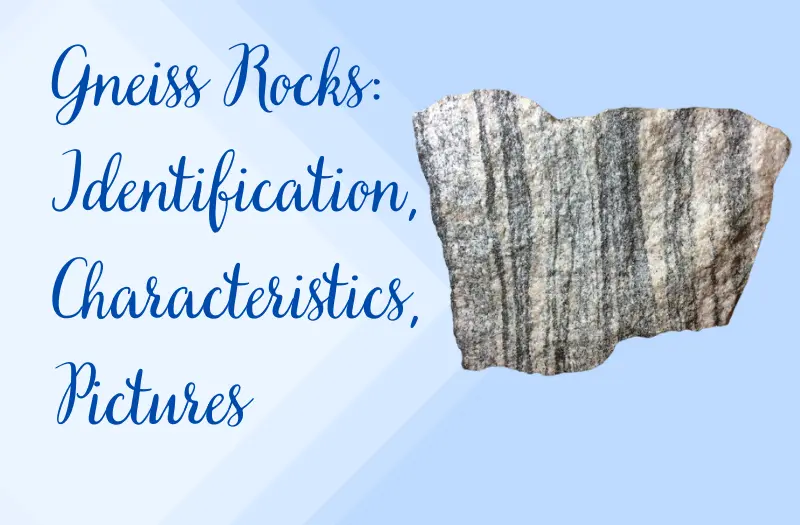
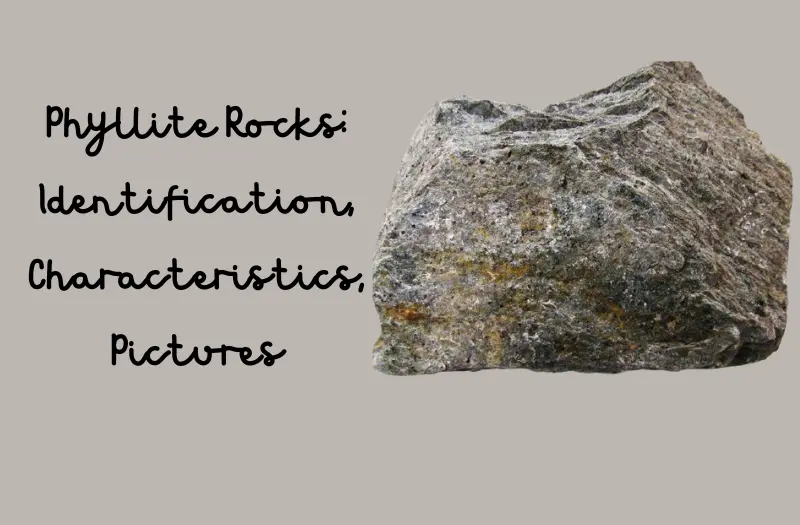
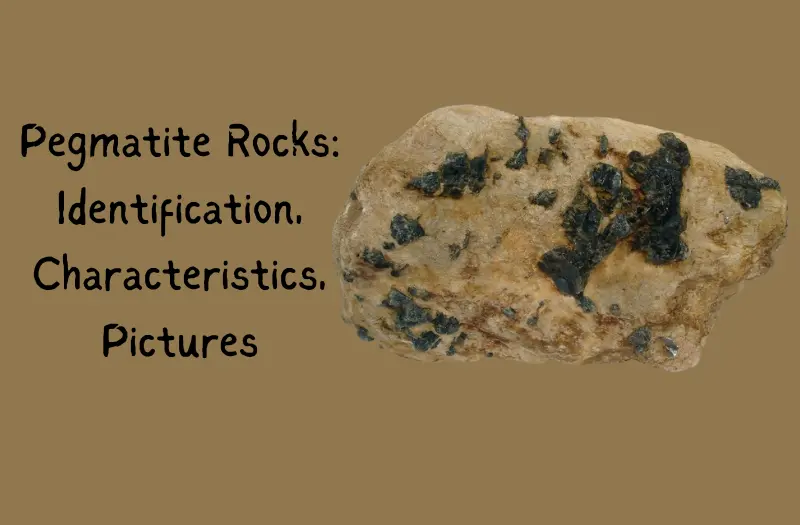
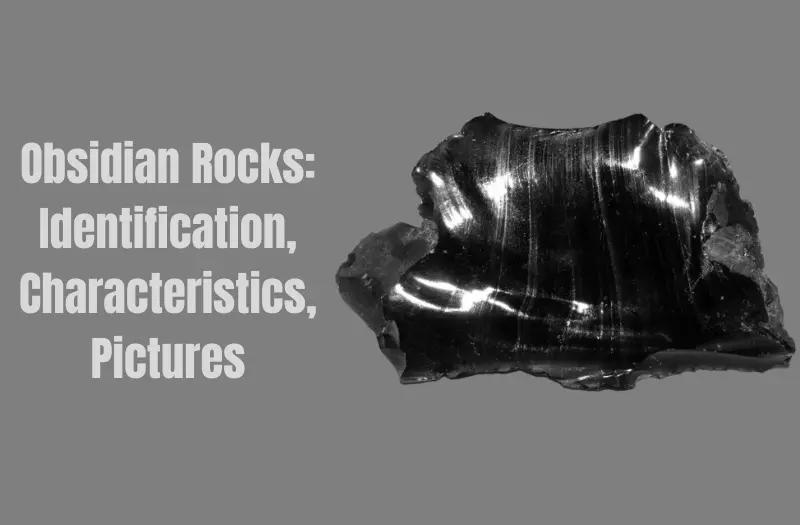
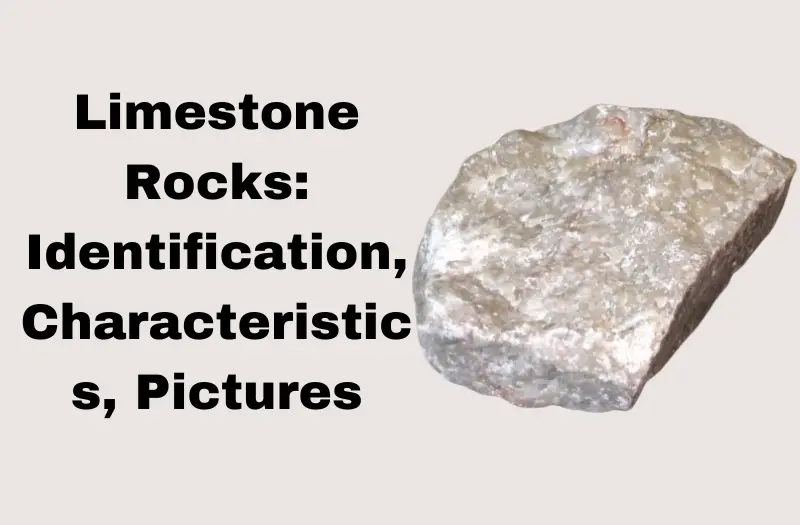
Leave a Reply